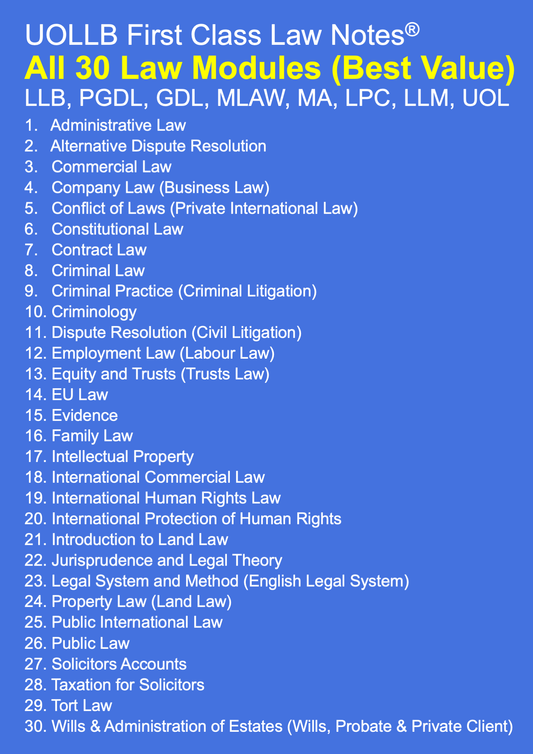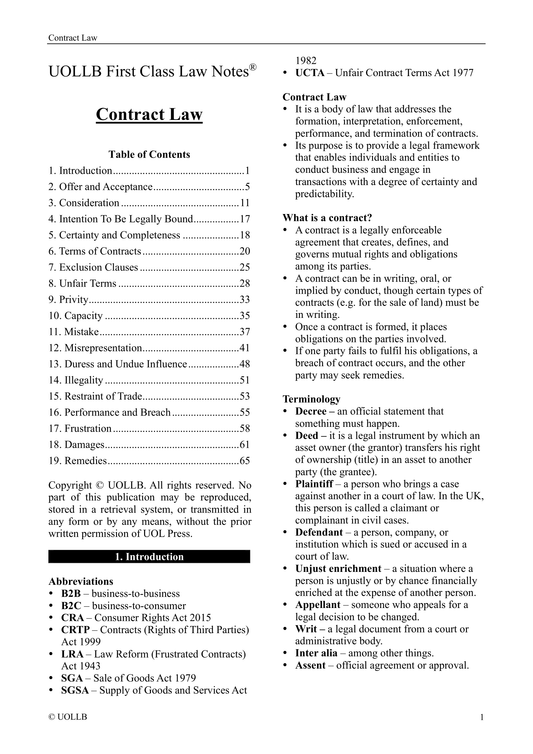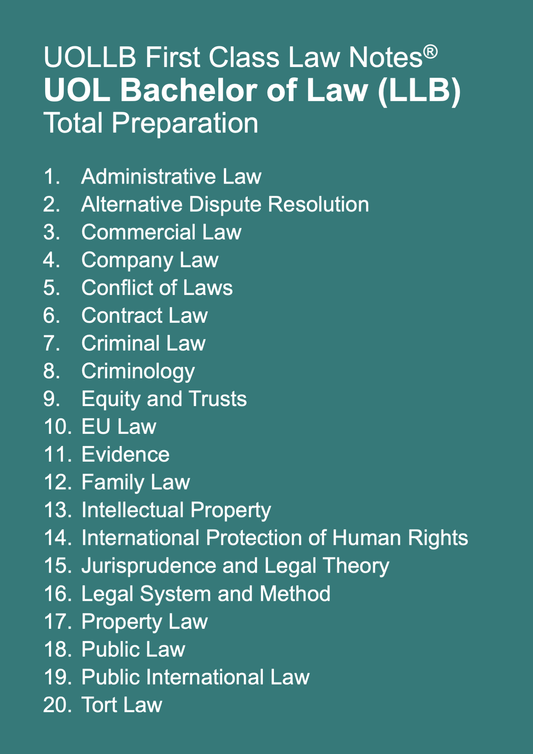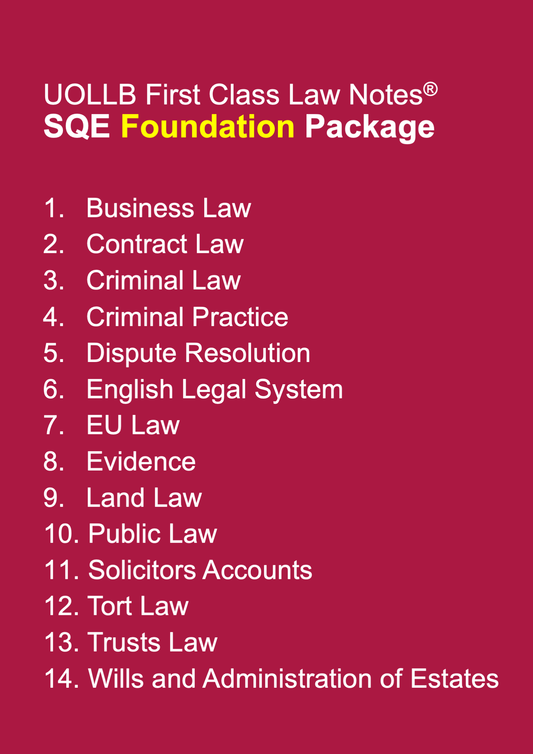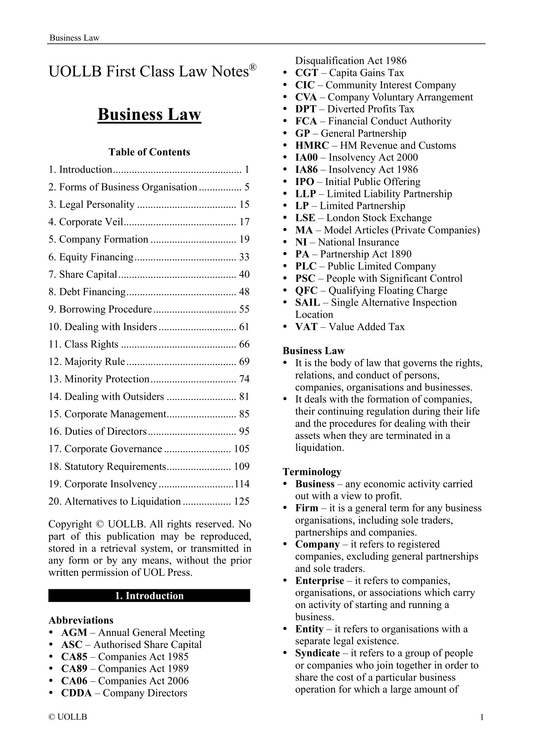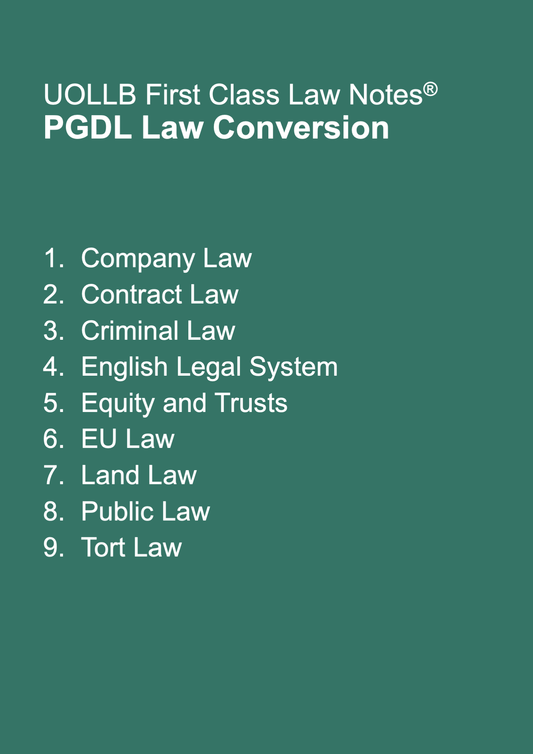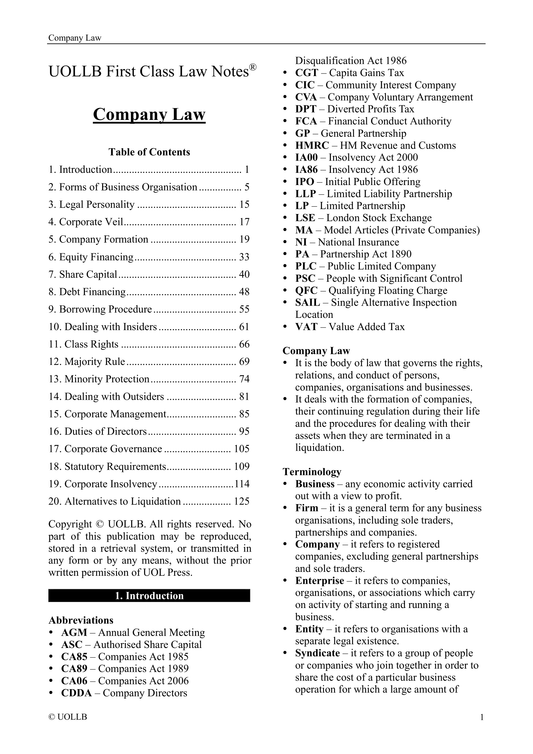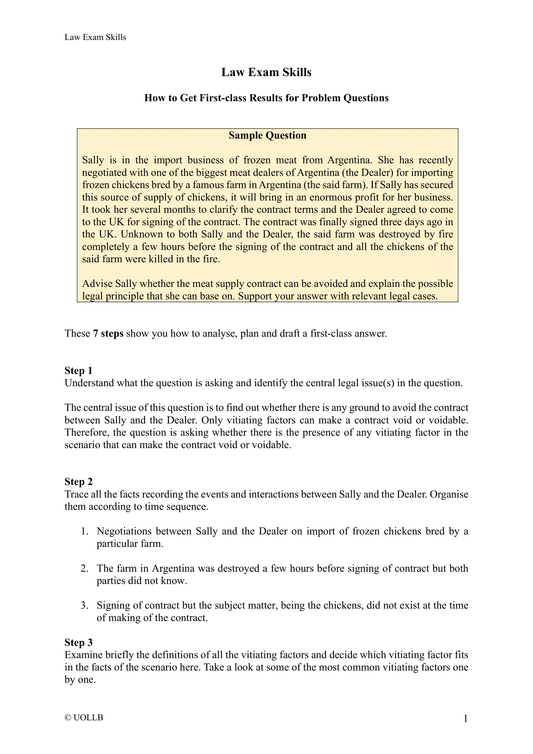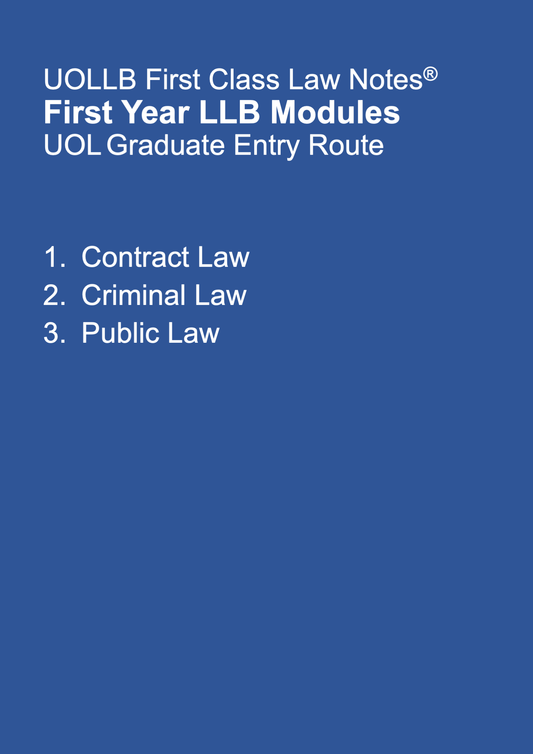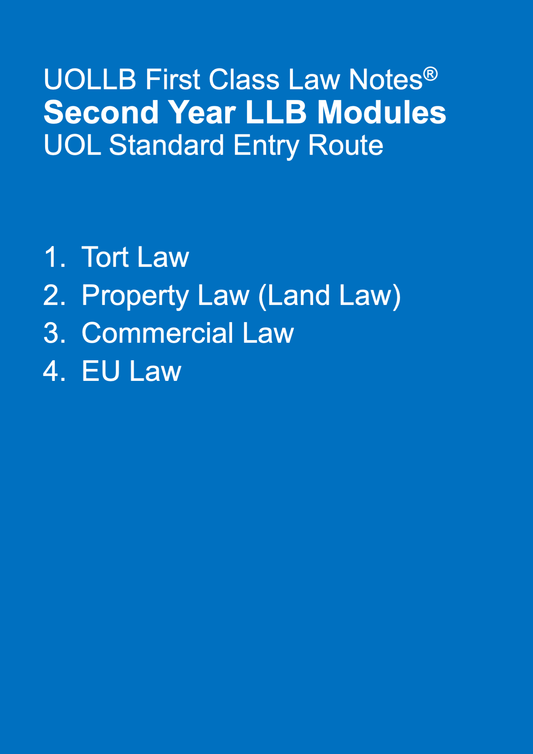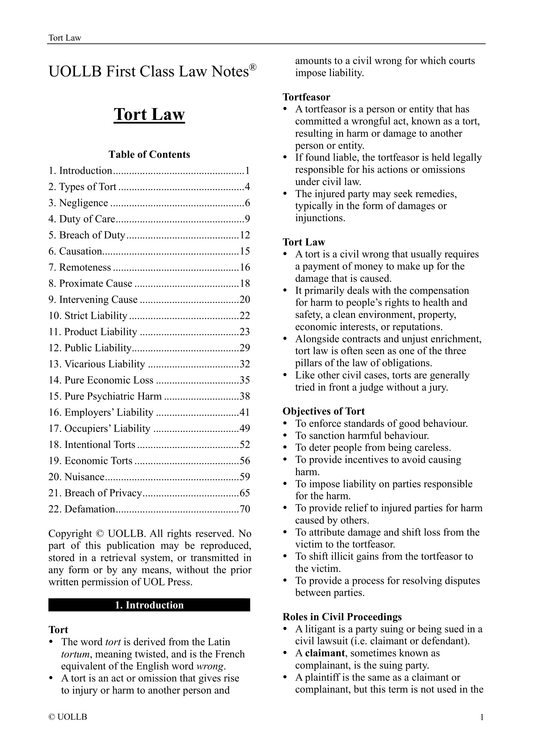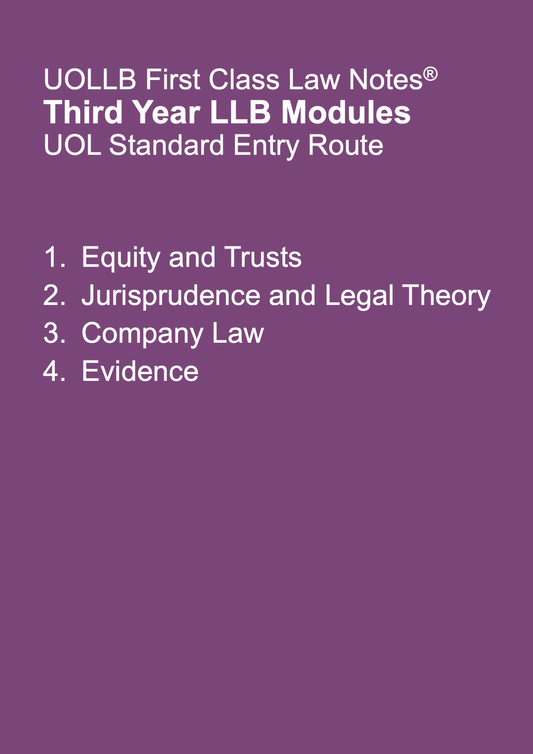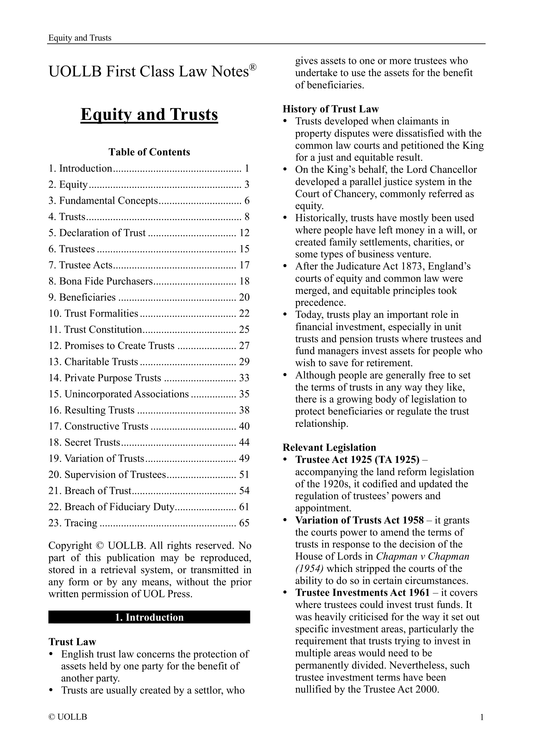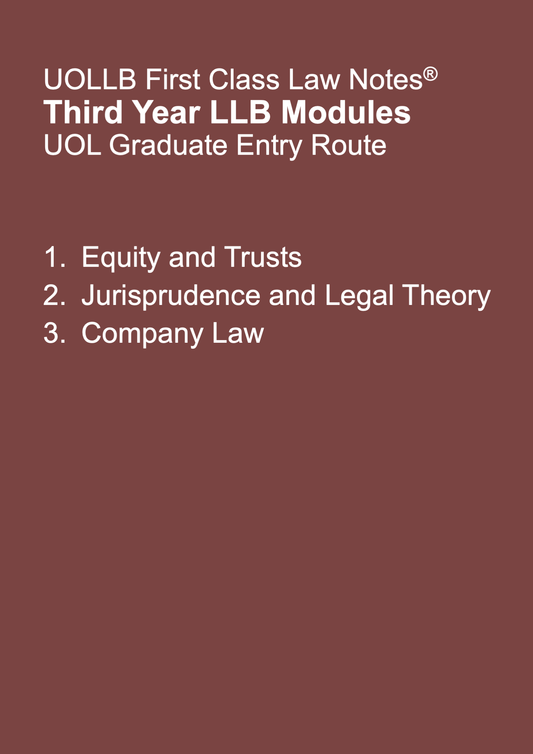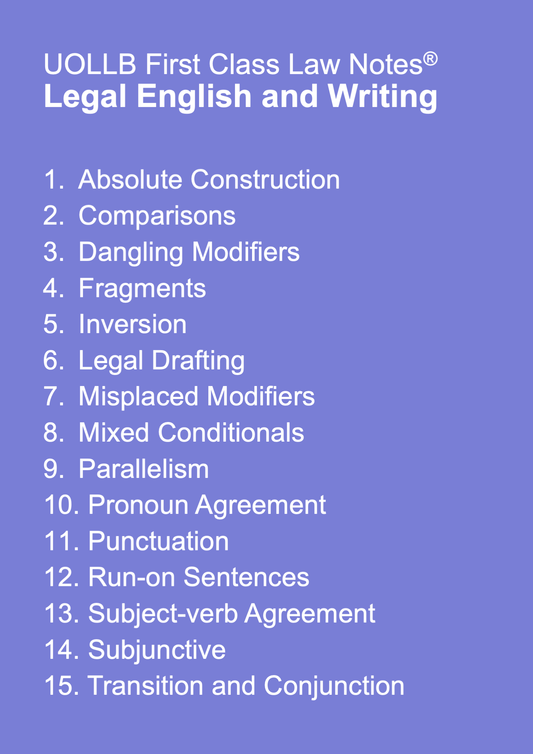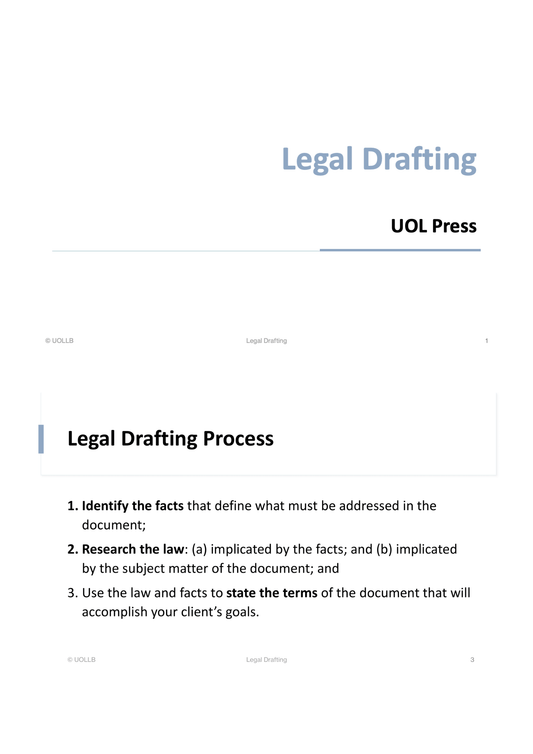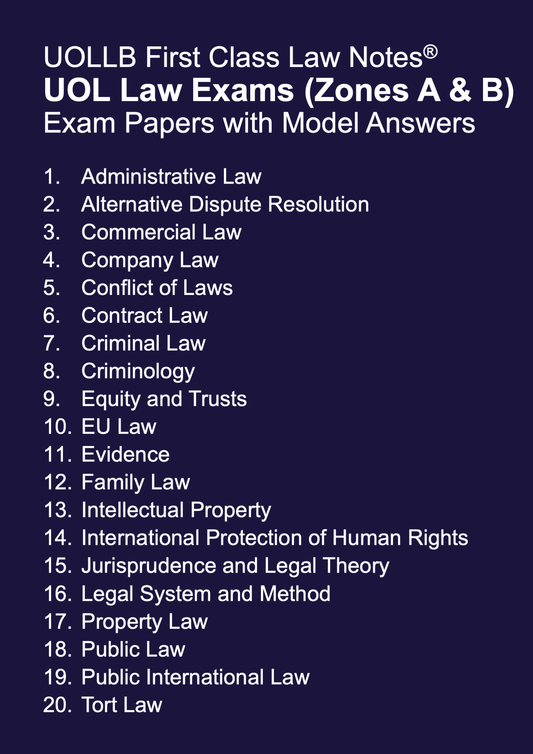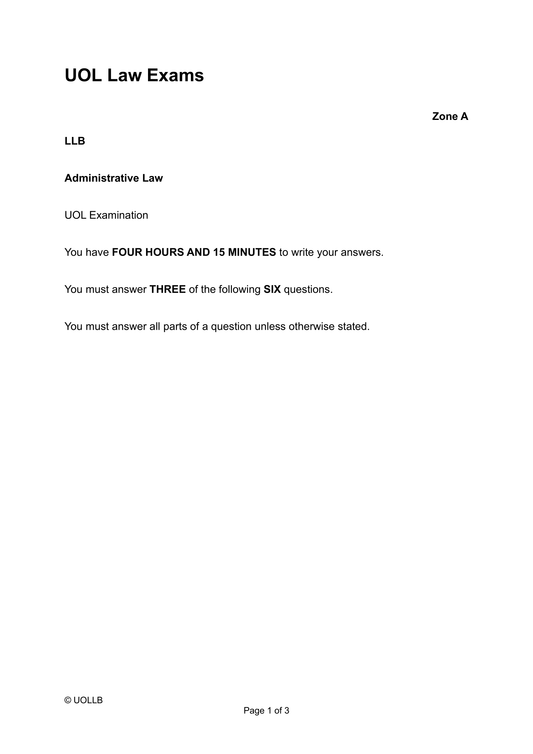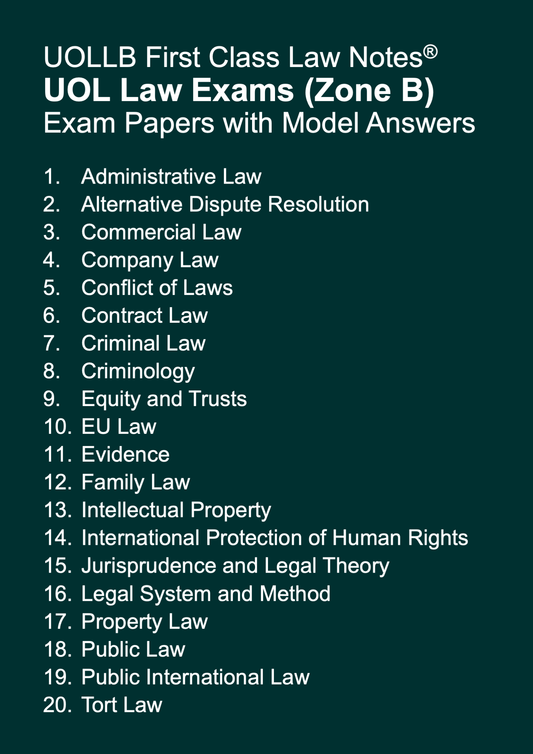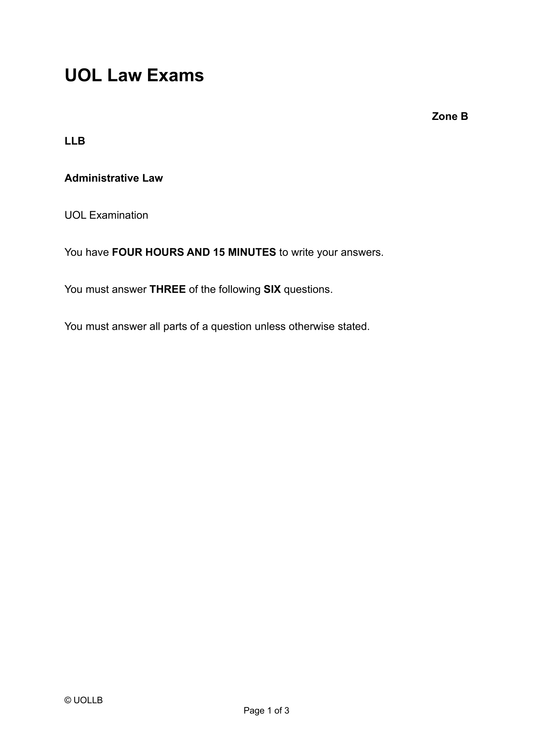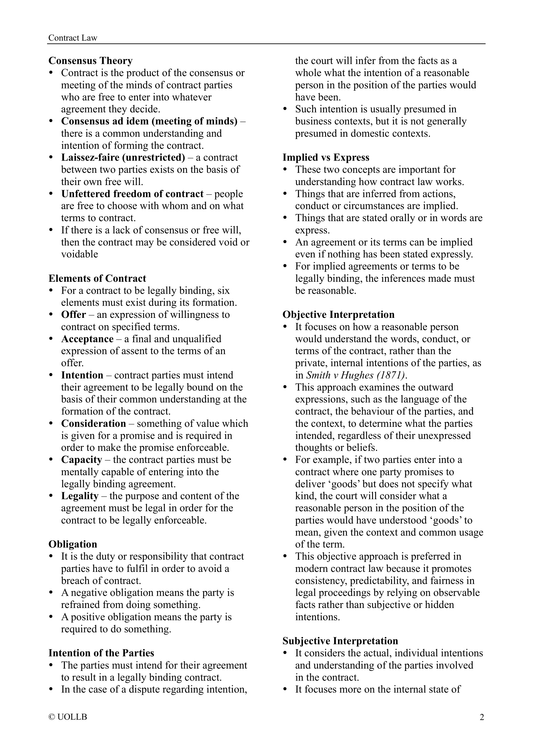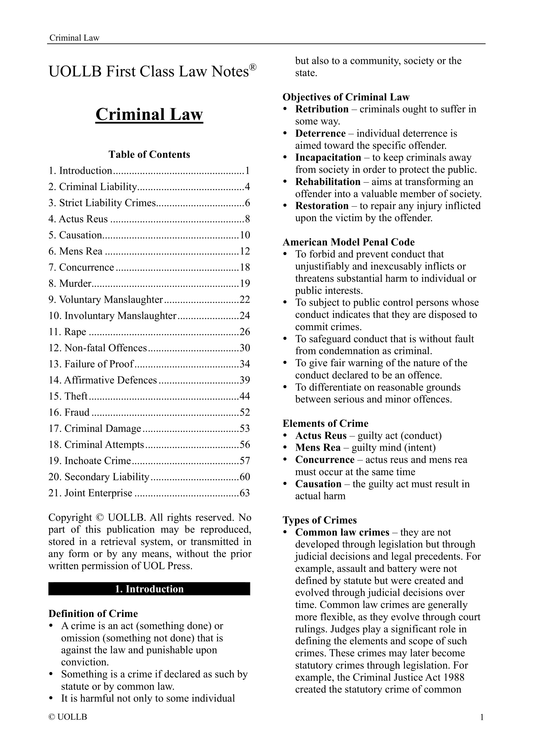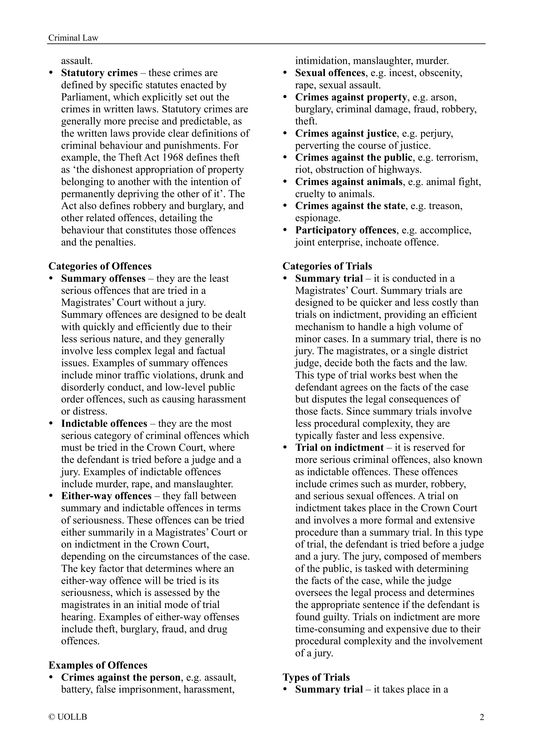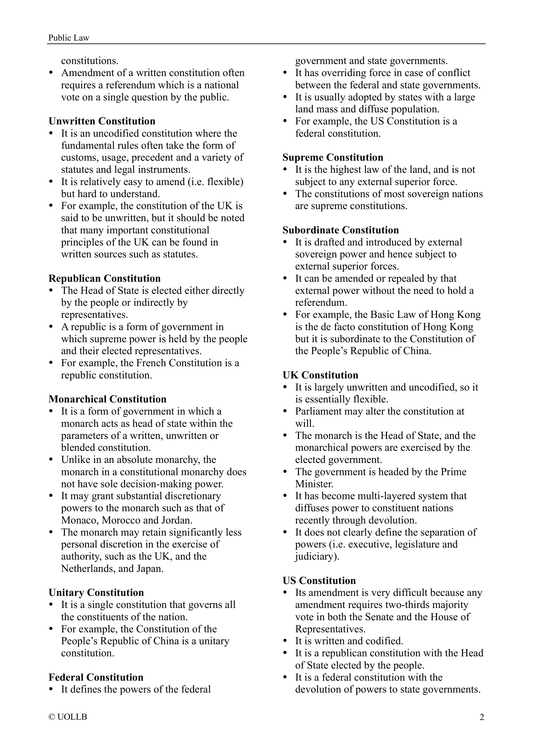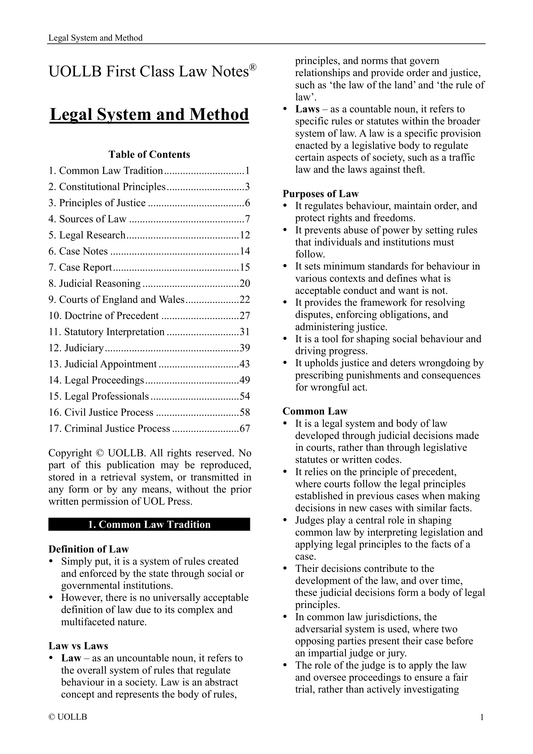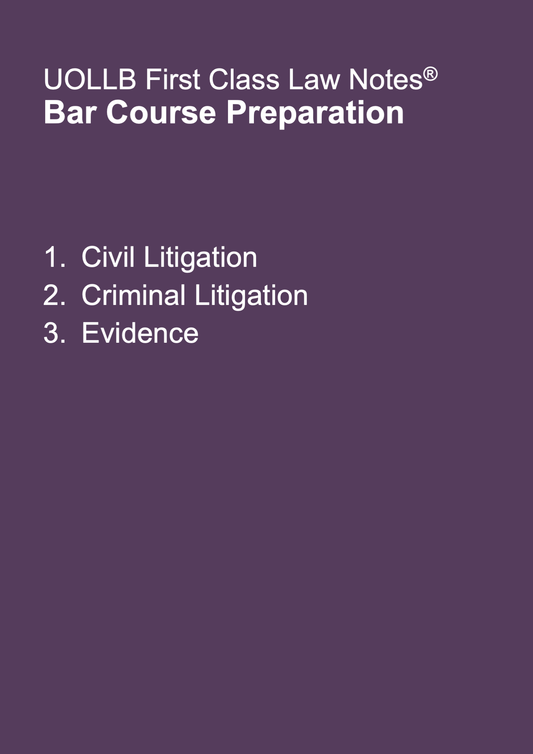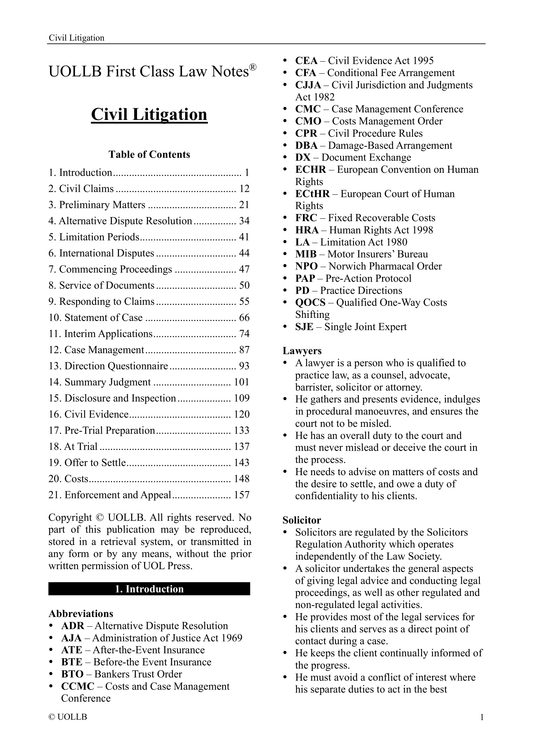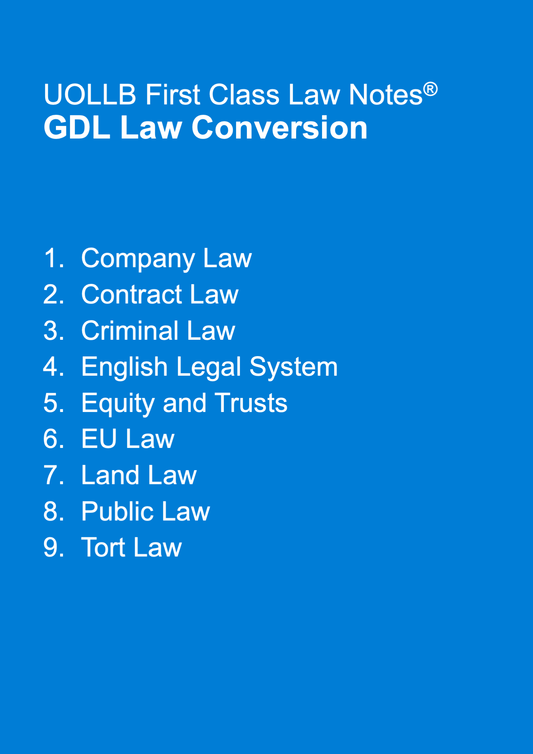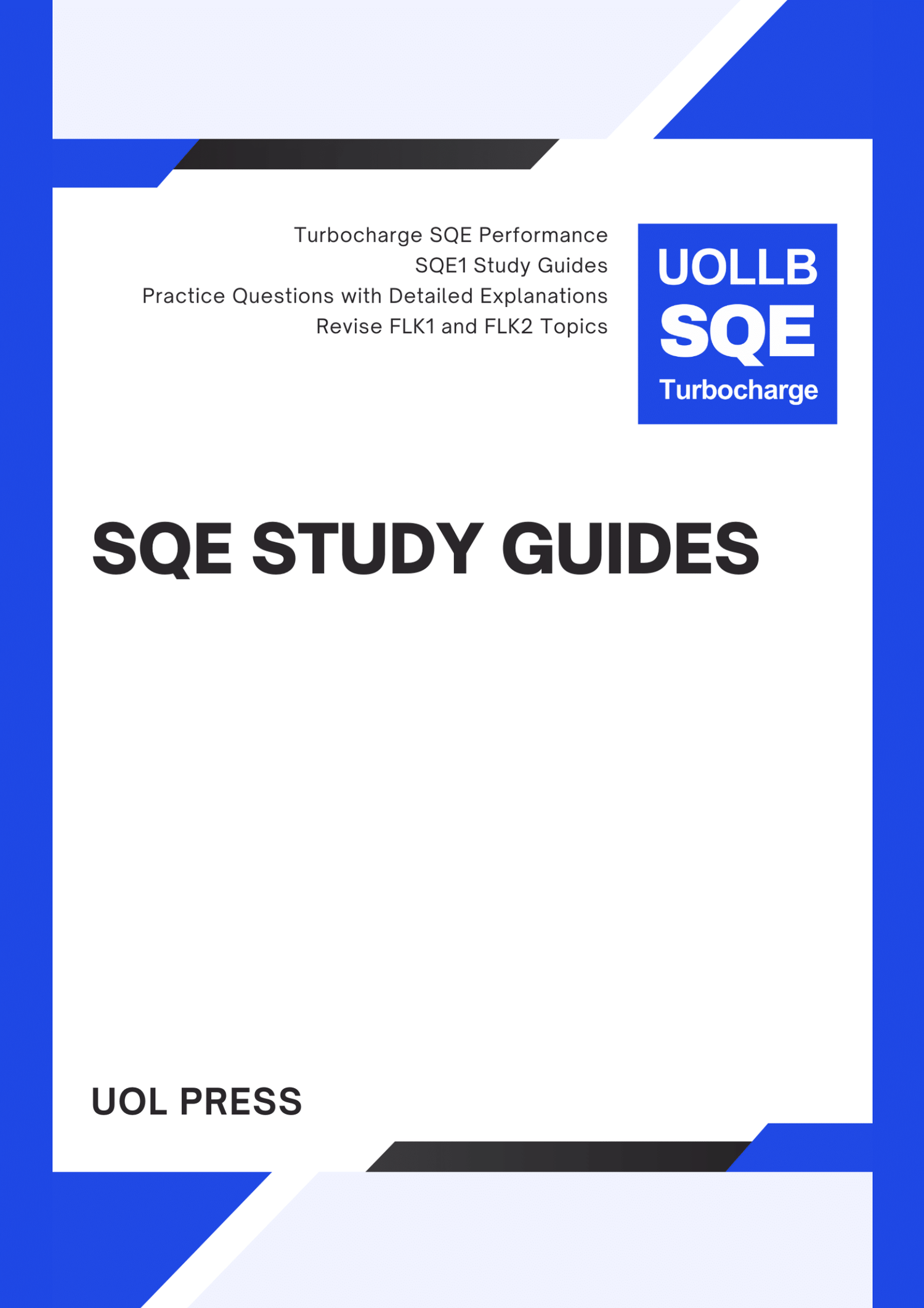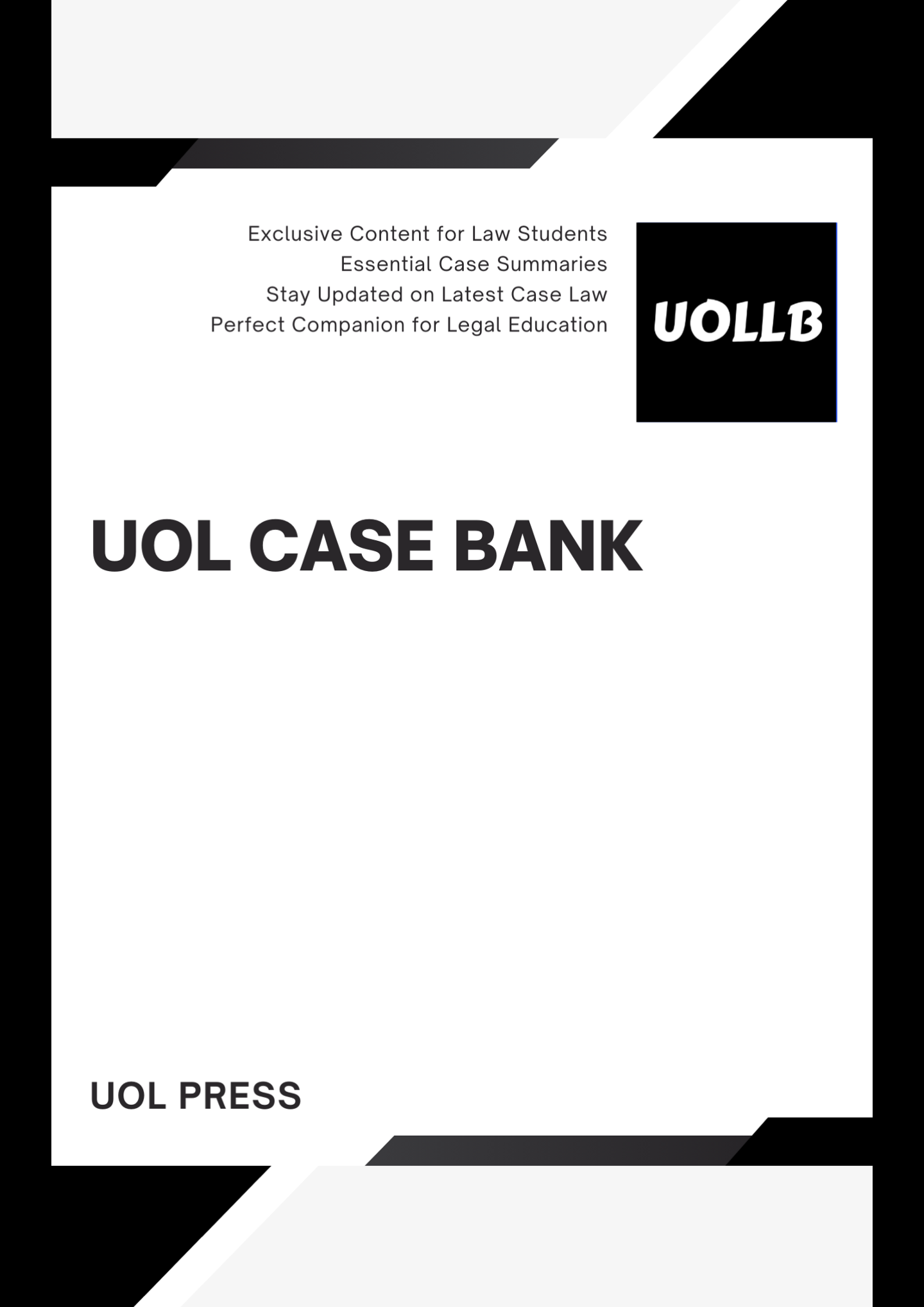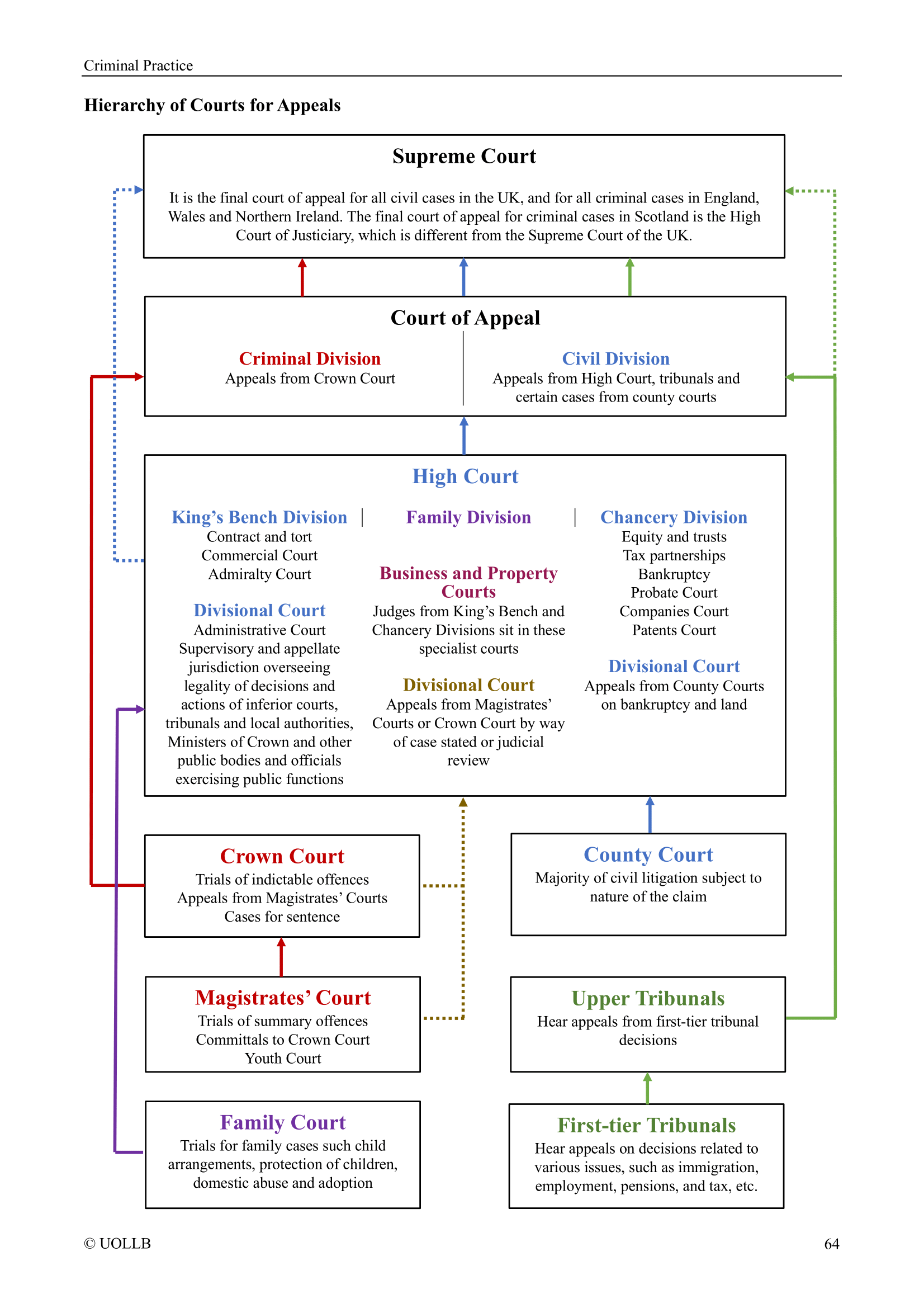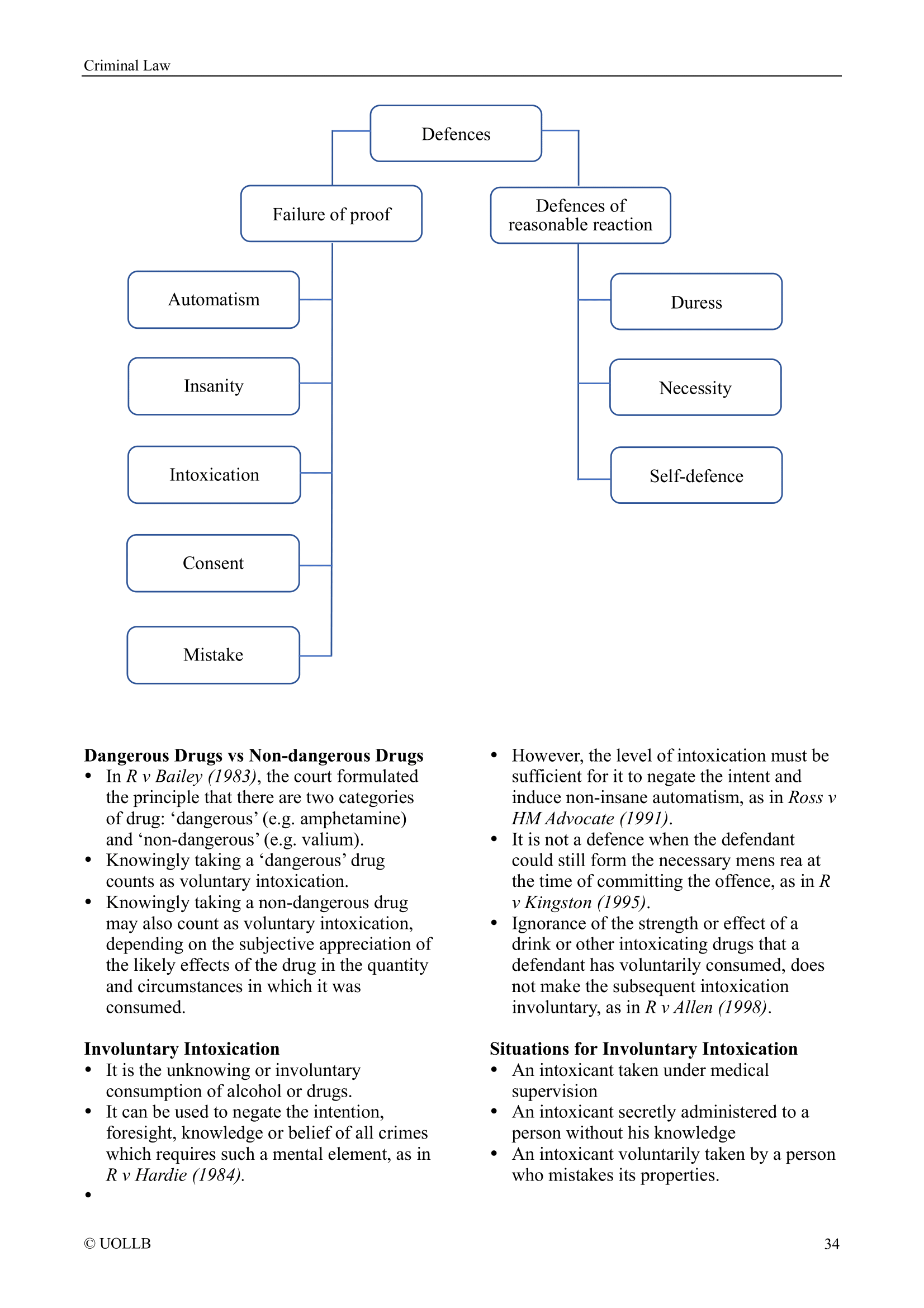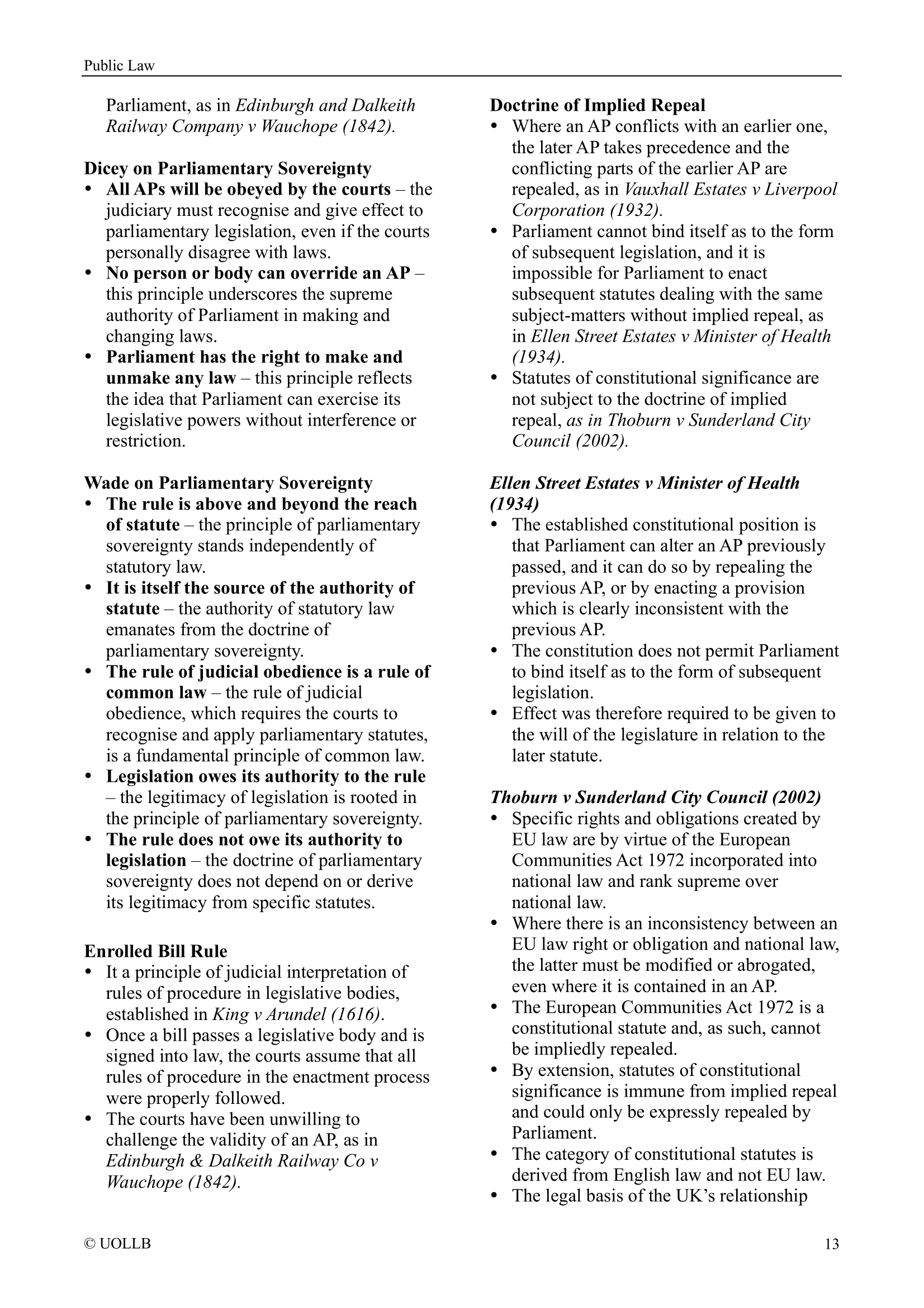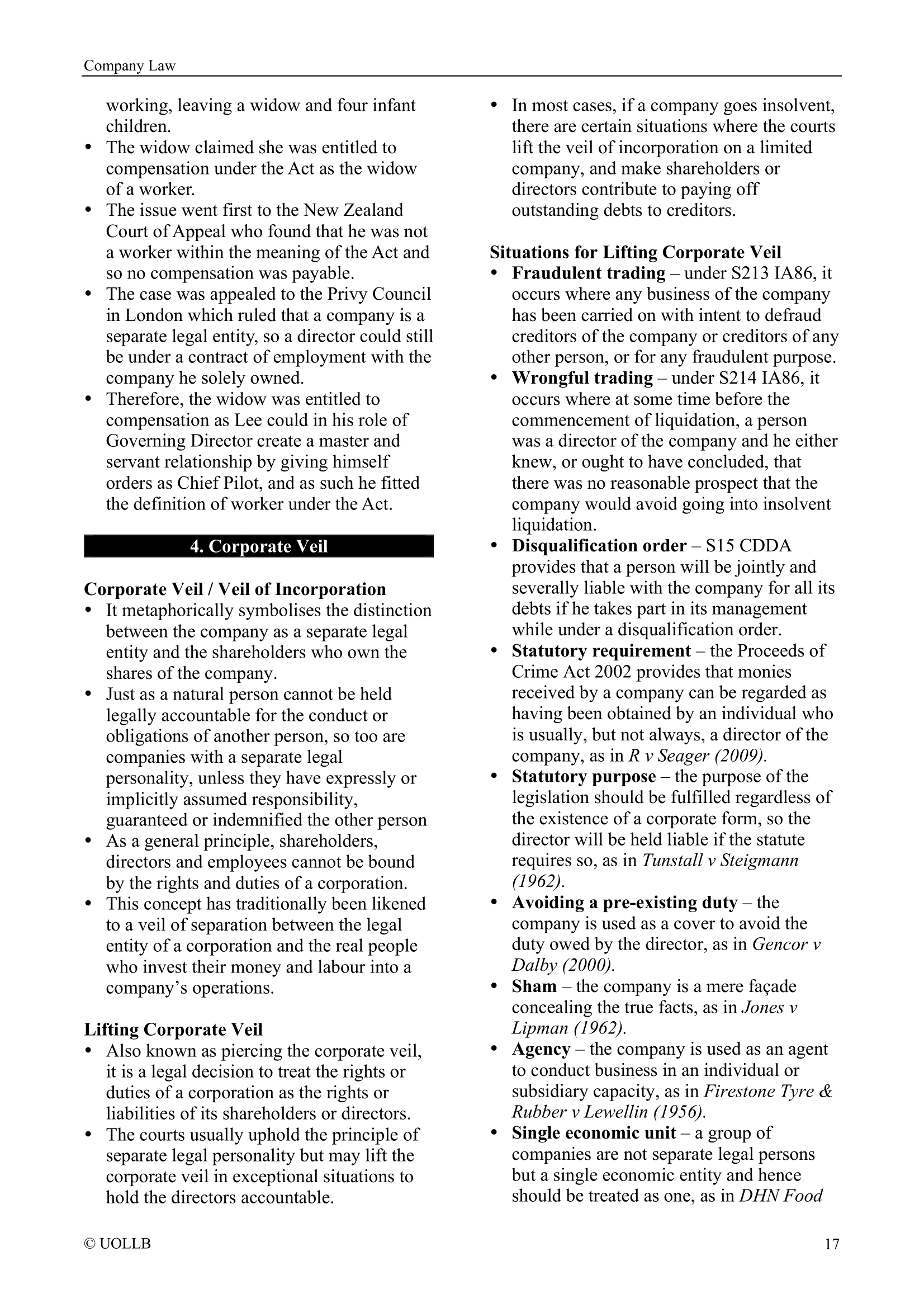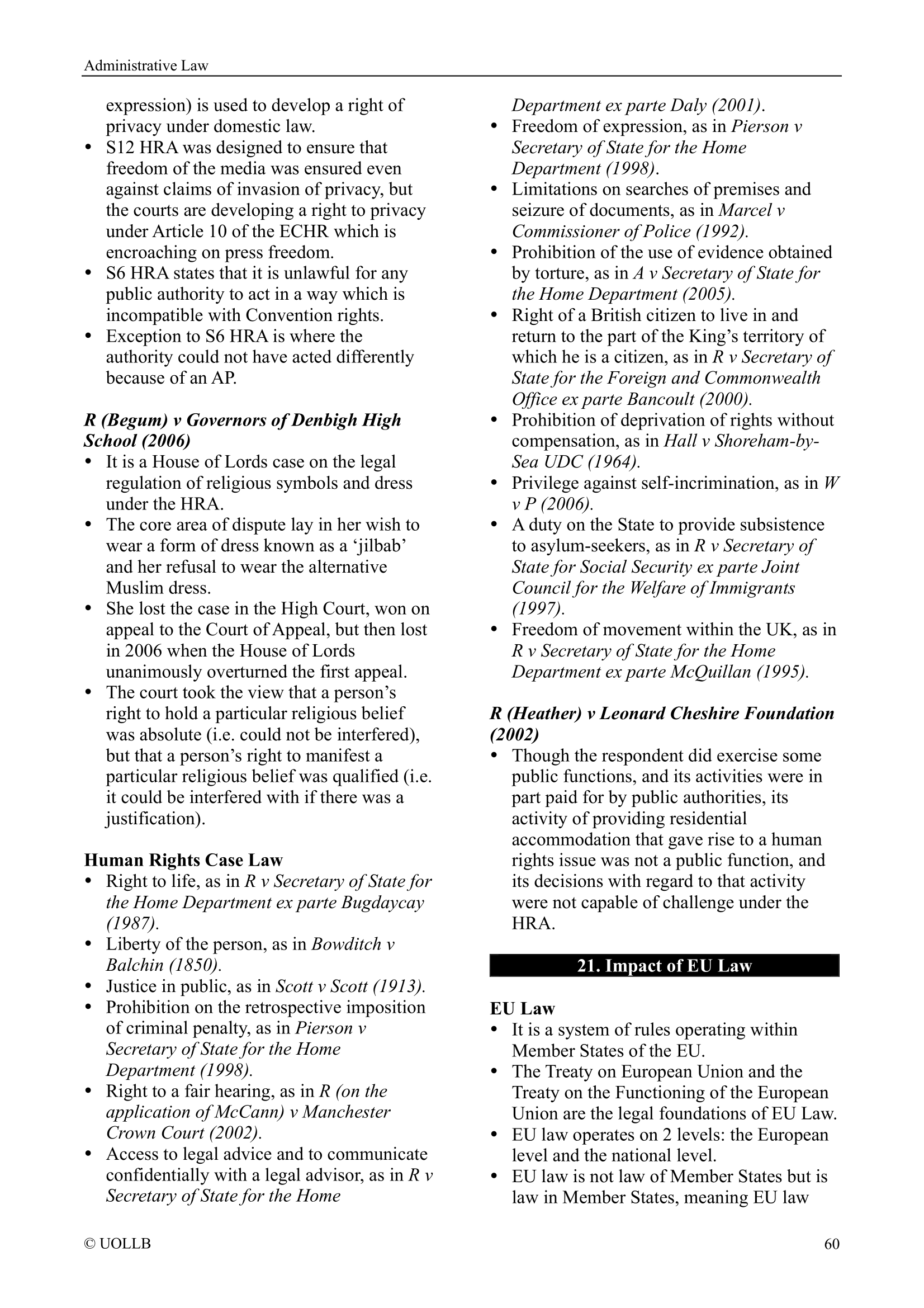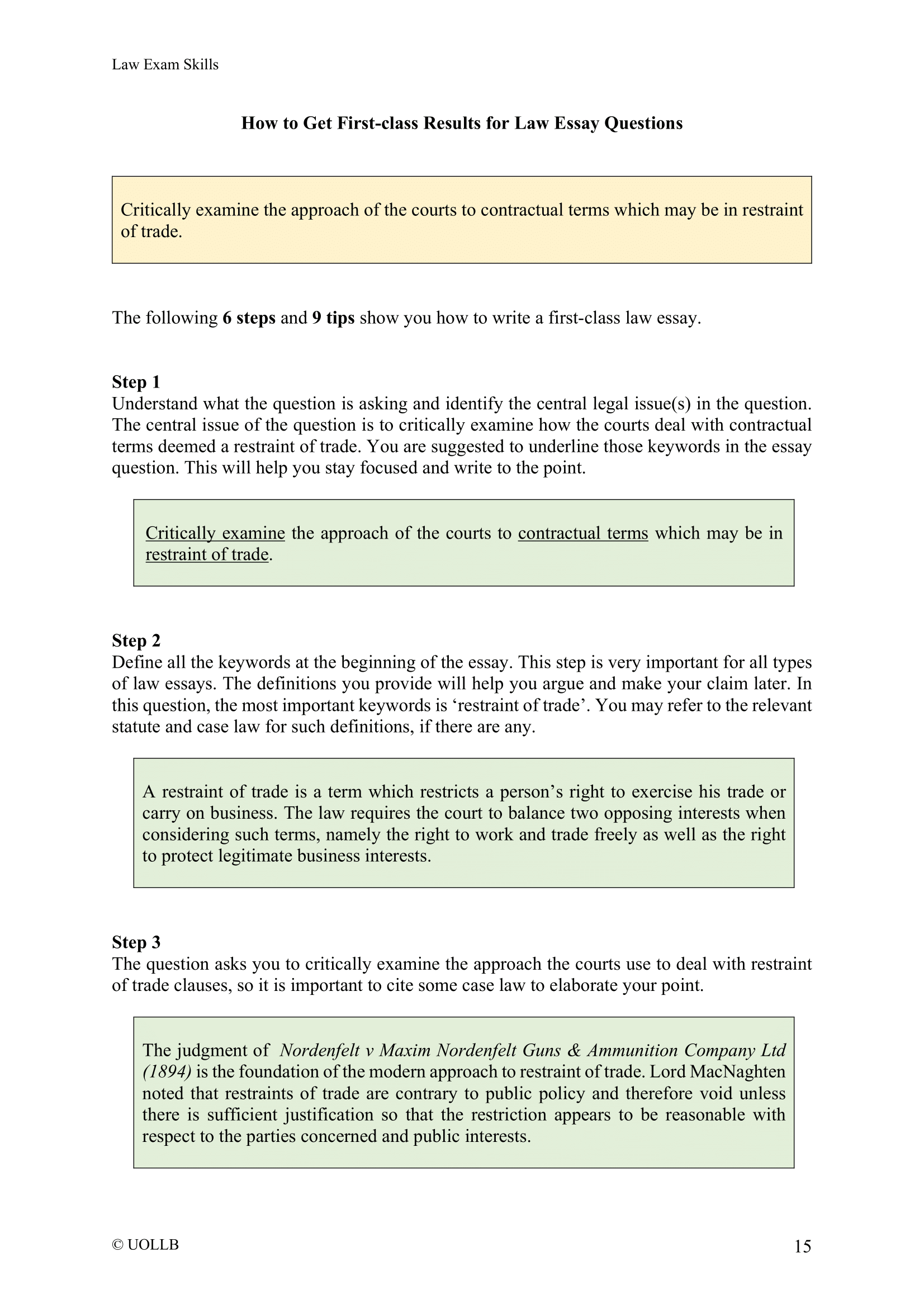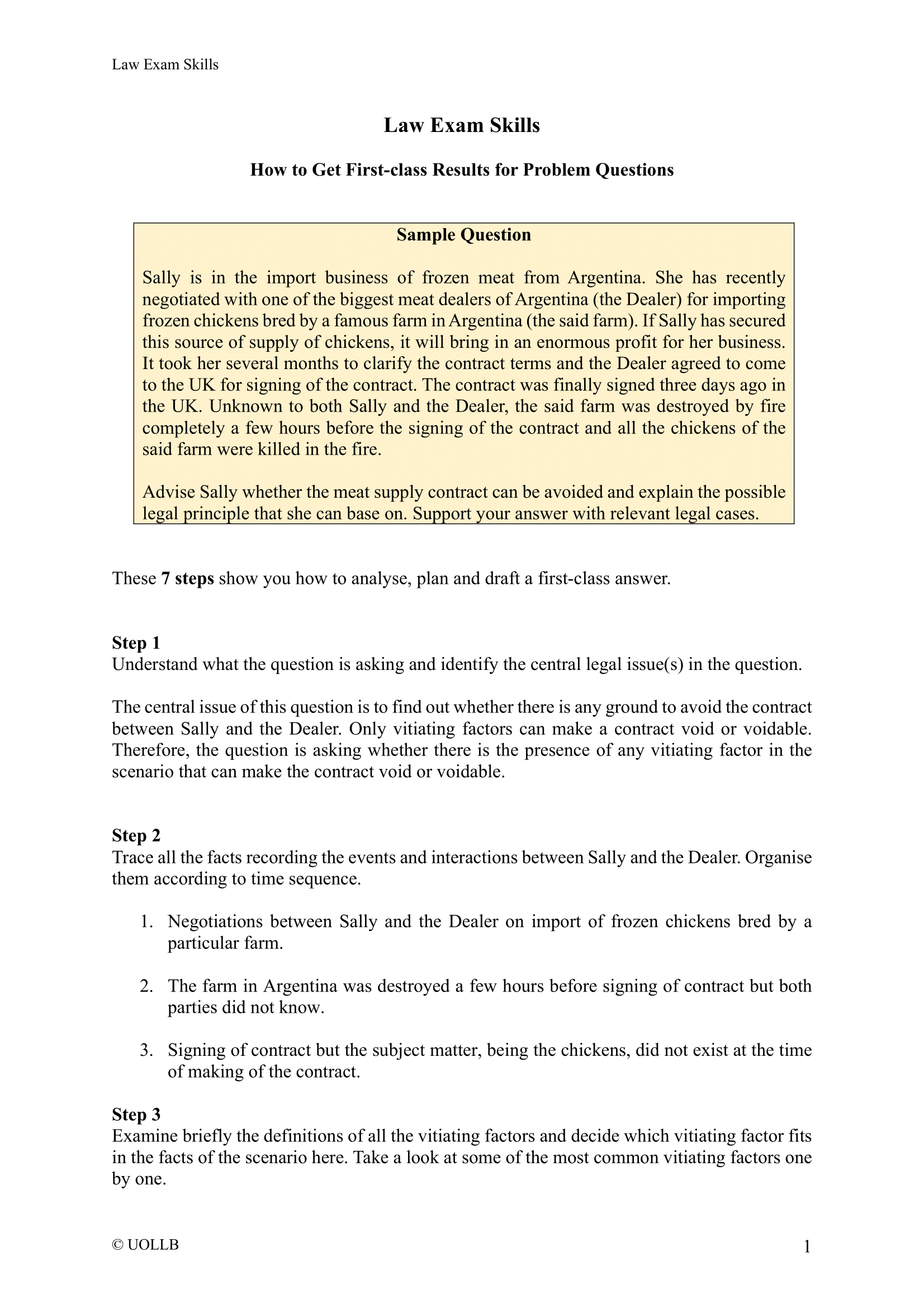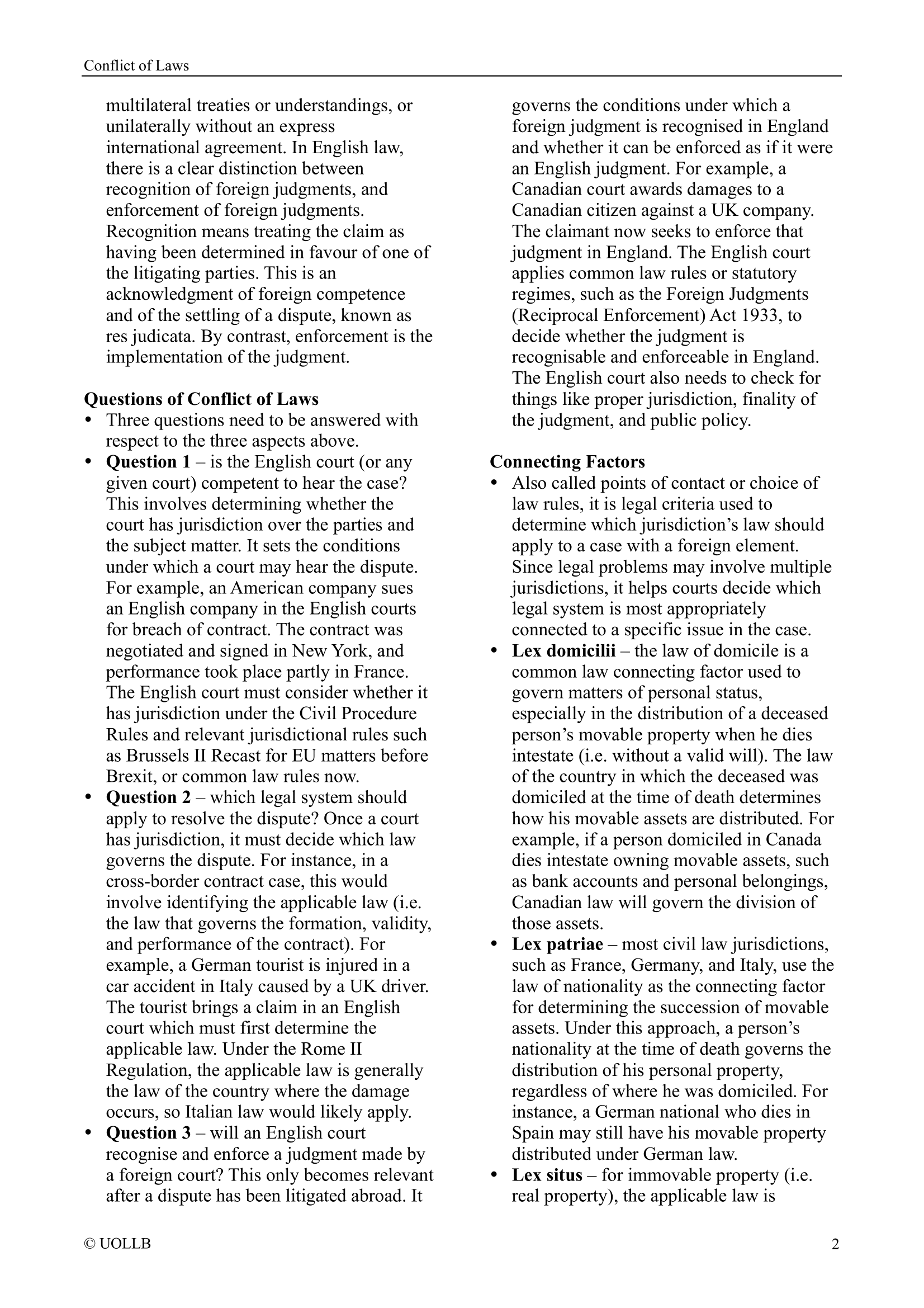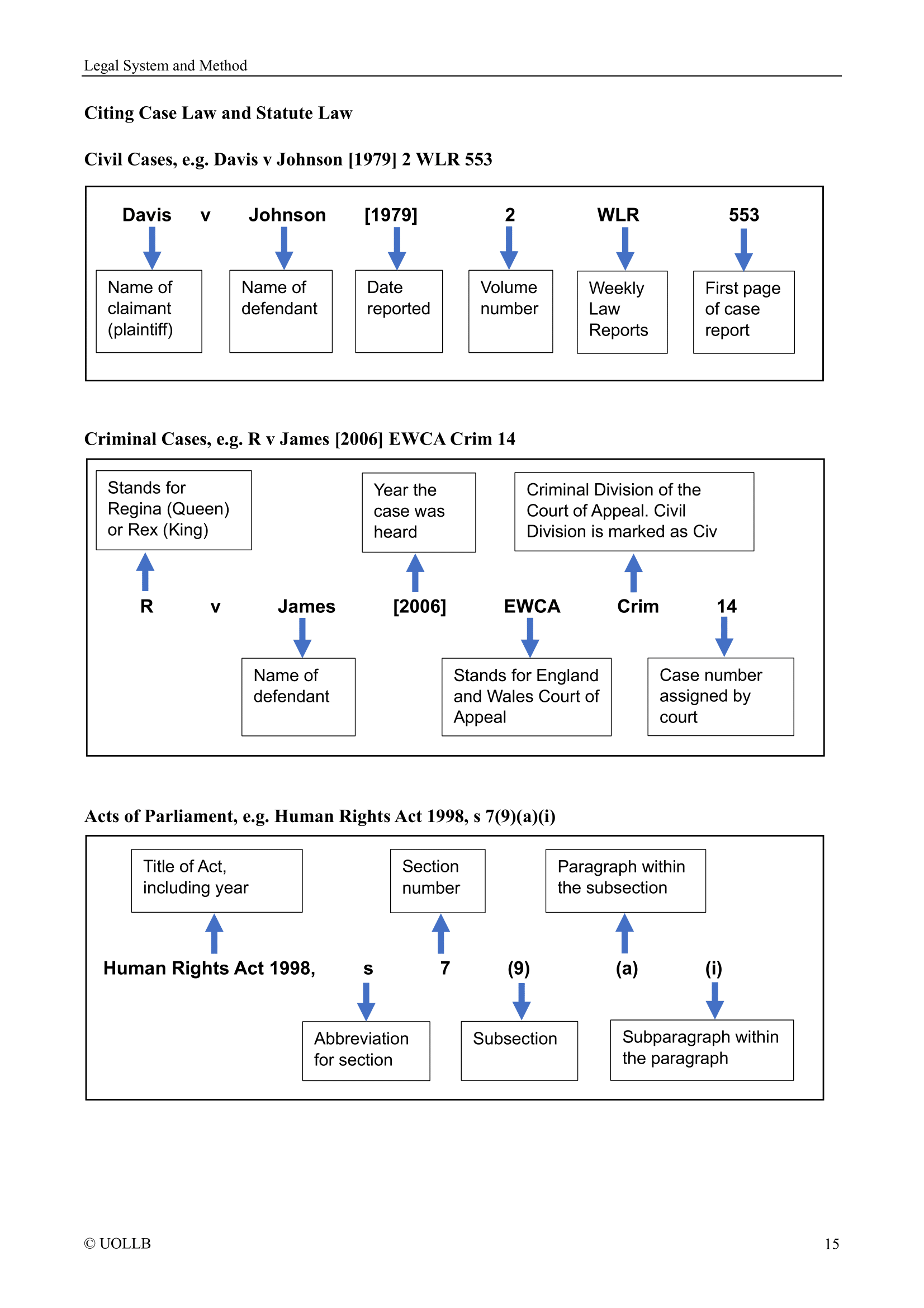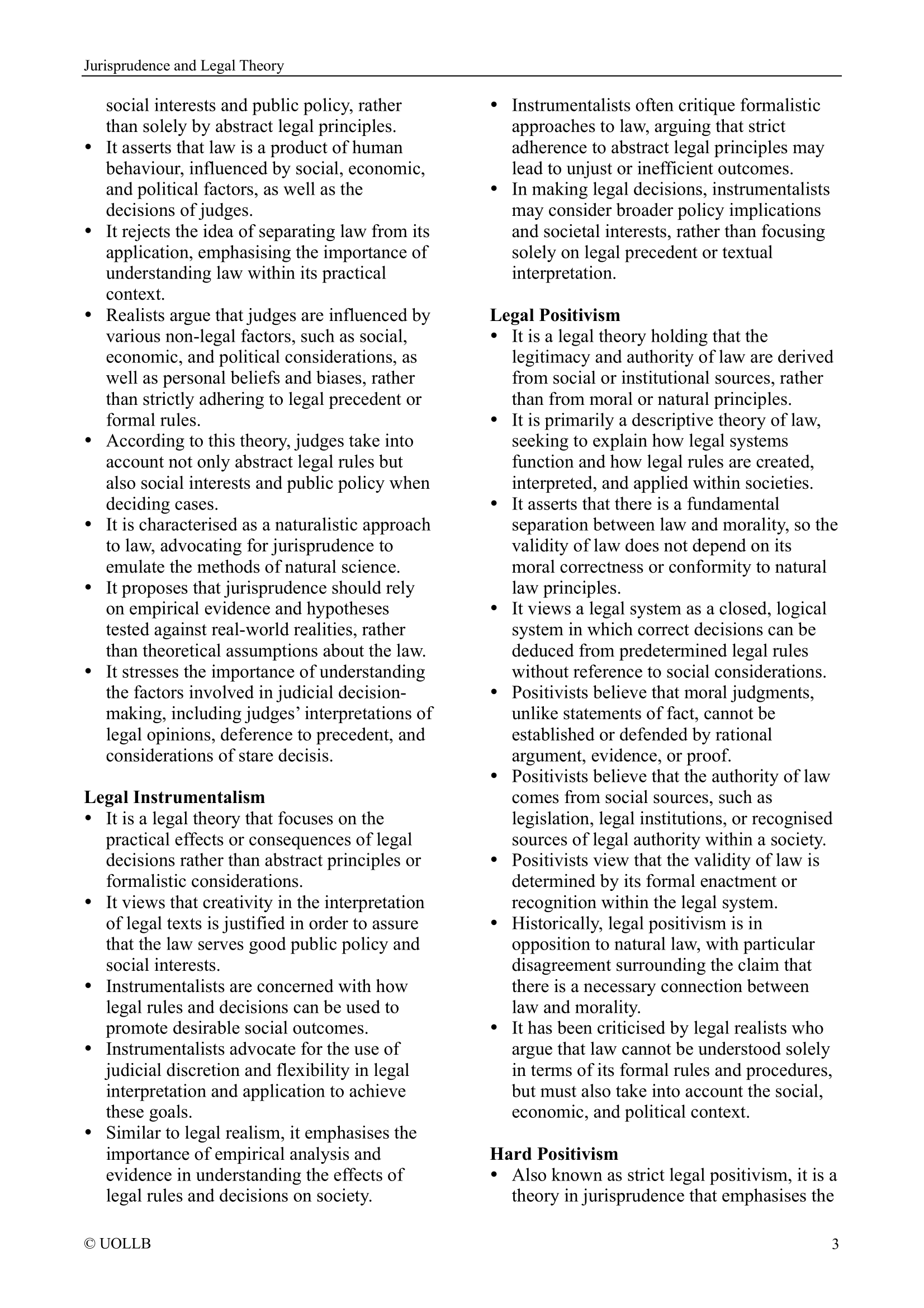Blyth v Birmingham Waterworks Company [1856]
Share
Blyth v Birmingham Waterworks Company [1856] 11 Ex Ch 781 is a seminal one in the law of negligence, known for its definitive articulation of what constitutes negligence and the standard of care required. This case provides a foundational understanding of the principle of reasonableness in determining whether a party has acted negligently. The facts and judgment of this case offer critical insights into how the courts assess breaches of duty and the foreseeability of risks in negligence claims.
The Birmingham Waterworks Company, incorporated by statute to supply water to Birmingham, was required by law to maintain and install fireplugs in streets where main pipes were laid. According to the statute, these fireplugs were to be kept functional and properly maintained, with specific instructions for their placement and upkeep. The fireplug opposite Mr. Blyth's house was installed in accordance with the statutory requirements and was constructed with sound materials. However, during an unusually severe frost, the fireplug failed, leading to a flood that damaged Mr. Blyth's property. Blyth subsequently sued the Waterworks Company for negligence, arguing that their failure to prevent the frost-related failure of the fireplug constituted a breach of their duty of care.
In this landmark decision, Baron Alderson articulated a classic definition of negligence:
Negligence is the omission to do something which a reasonable man, guided upon those considerations which ordinarily regulate the conduct of human affairs, would do, or doing something which a prudent and reasonable man would not do. The defendants might have been liable for negligence, if, unintentionally, they omitted to do that which a reasonable person would have done, or did that which a person taking reasonable precautions would not have done.
This definition established that negligence involves either failing to act as a reasonable person would in the given circumstances or doing something that a reasonable person would avoid. This definition also emphasised that negligence is judged based on what a prudent and reasonable individual would do, considering the circumstances.
The court found that the severe frost was an unforeseeable event, given Birmingham's historical climate. Since such extreme cold was not anticipated, it was deemed unreasonable to expect the Waterworks Company to have foreseen and mitigated this specific risk. Therefore, the company was not held liable for negligence as it was not foreseeable that the frost would cause such a failure.
Justice Martin concurred with this reasoning, asserting that imposing liability under these circumstances would essentially require the Waterworks Company to act as an insurer against all possible risks, which was not the intent of the statutory requirements.
Justice Bramwell, while dissenting on some legal principles, agreed with the result based on the facts of the case. The judgment ultimately reinforced the principle that liability in negligence requires both a breach of a reasonable standard of care and the foreseeability of the risk that led to the harm.
